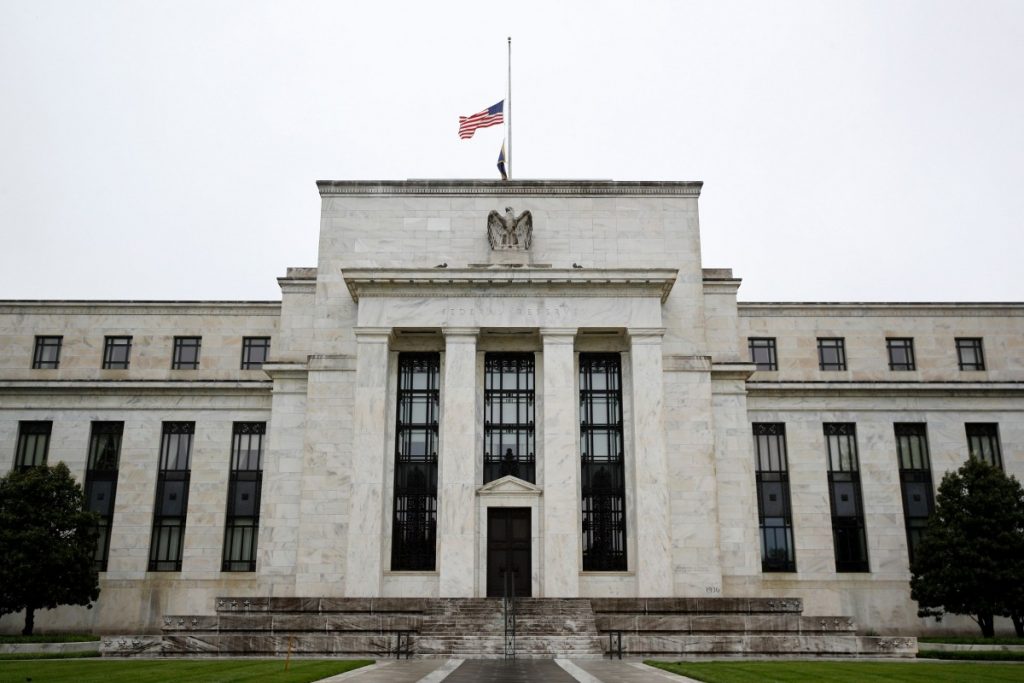What to expect from final Federal Reserve meeting of the year

close video Federal Reserve will do whatever it takes to get inflation under control: Blancato
Advisor Group chief market strategist Phil Blancato and G Squared Private Wealth CIO and founding partner Victoria Greene provide insight on the Fed’s decision to raise interest rates again on “Making Money.”
The Federal Reserve is set to slow its rapid pace of interest rate increases at its final meeting of the year this week amid early signs that stubbornly high inflation is finally starting to cool.
The U.S. central bank is widely expected to lift the federal funds rate by 50 basis points at the conclusion of its two-day meeting on Wednesday – a slightly smaller increase than the 75-basis-point increases approved at the past four meetings but still large by historical standards.
The move would set the federal funds rate between 4.25% to 4.5%, further restricting economic activity as the borrowing costs for homes, cars and other items march higher. It would mark the highest rate level since 2007.
Fed Chairman Jerome Powell confirmed at the end of November that smaller rate hikes are on the table in December. However, he said policymakers have more work to crush stubbornly high inflation.
FED TO KEEP INTEREST RATES HIGH ALL NEXT YEAR, MAKING A RECESSION VERY LIKELY: SURVEY
"Given our progress in tightening policy, the timing of that moderation is far less significant than the questions of how much further we will need to raise rates to control inflation and the length of time it will be necessary to hold policy at a restrictive level," he said during a speech in Washington.
But Wall Street is even more laser-focused on what policymakers signal could come next in its inflation fight: The Fed will release its first quarterly forecasts since September, providing insight on where it sees the U.S. economy headed over the next few years. The projections are expected to show an aggressive path of interest rate hikes that will likely chip away at economic growth and cause unemployment to climb higher.
THE FED'S WAR ON INFLATION COULD COST 1M JOBS
Policymakers projected a peak rate of 4.6% in September, but some economists anticipate that the central bank will be forced to raise rates higher and possibly hold them there longer.
Federal Reserve Chair Jerome Powell speaks during a news conference at the Federal Reserve Building in Washington, June 15, 2022. (Olivier Douliery/AFP via Getty Images / Getty Images)
Investors will also watch Powell's press conference at 2:30 p.m. ET for additional clues about what comes next in the Fed's inflation fight.
Should policymakers signal that they expect rates to remain high through 2024, it could deliver a hawkish shock to the markets, which are currently betting that rates will be cut in the second half of the year. However, investors could wind up sorely disappointed: although new data released on Tuesday showed that the consumer price index rose just 0.1% in November from the previous month and 7.1% on an annual basis – far less than economists expected – inflation remains about three times above its pre-pandemic average and far higher than the Fed's 2% target.
GET FOX BUSINESS ON THE GO BY CLICKING HERE
"We expect Fed Chair Powell will insist on the need to hold policy at a restrictive level for some time to bring inflation down toward the 2% target," said Gregory Daco, chief economist at EY-Parthenon. "This will serve to push back against current market pricing. Powell will stress that history cautions strongly against prematurely loosening policy."
